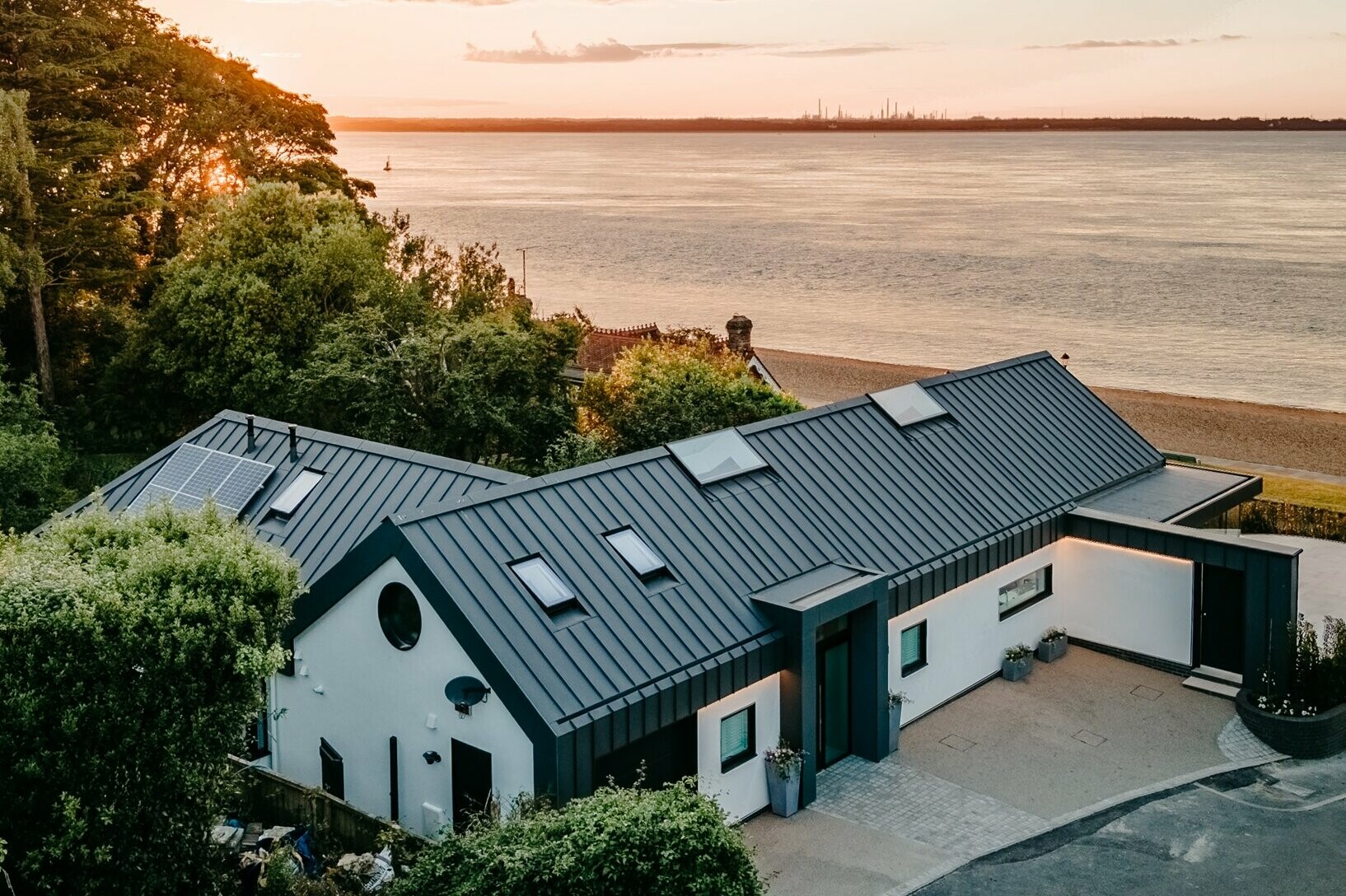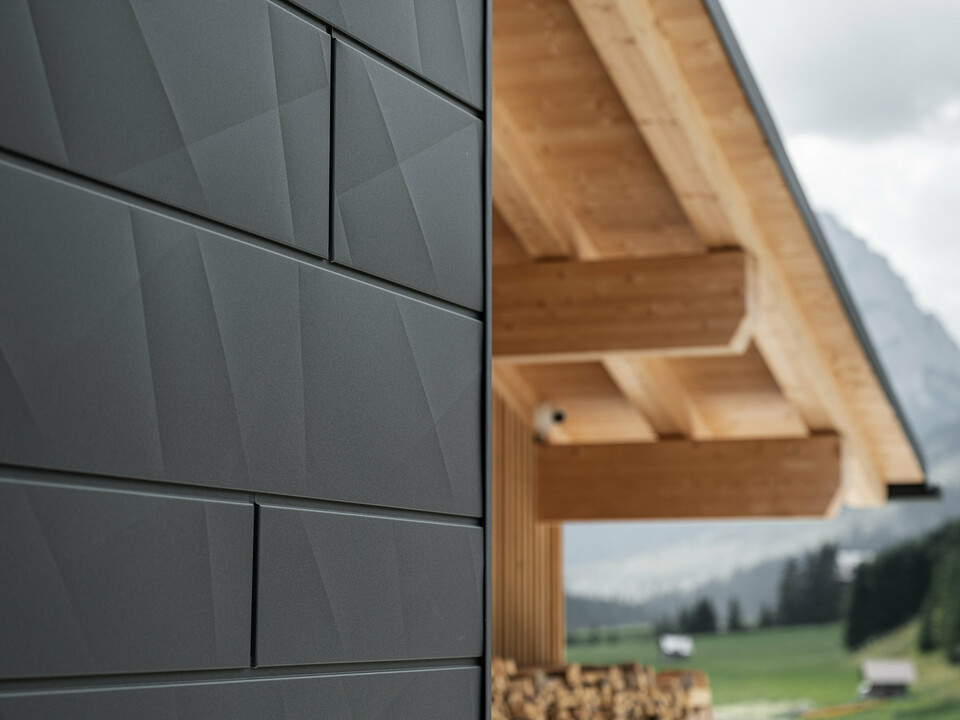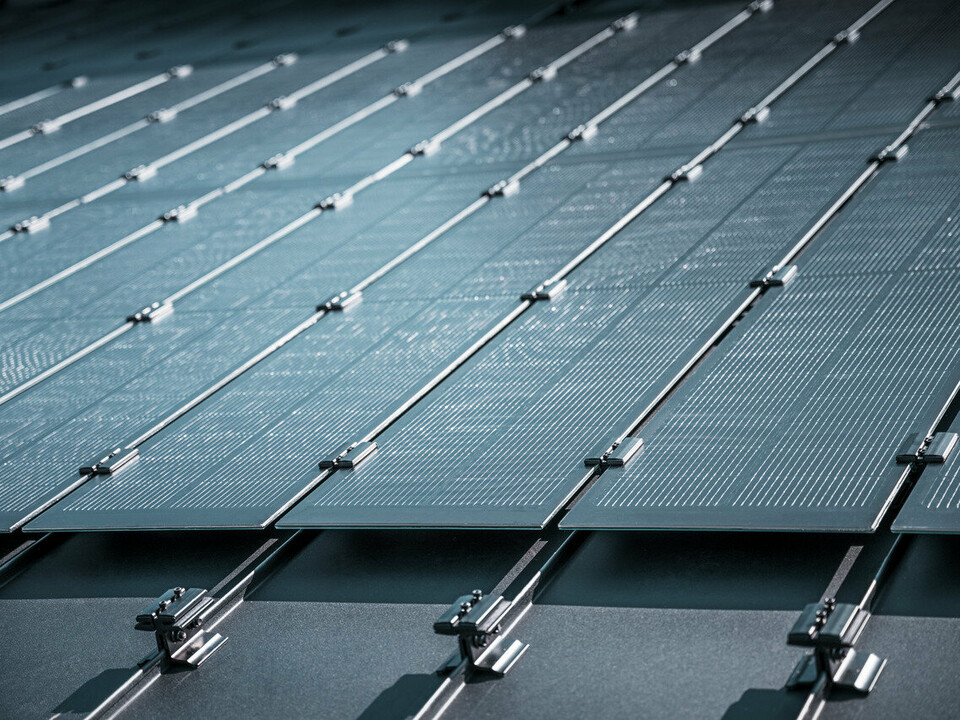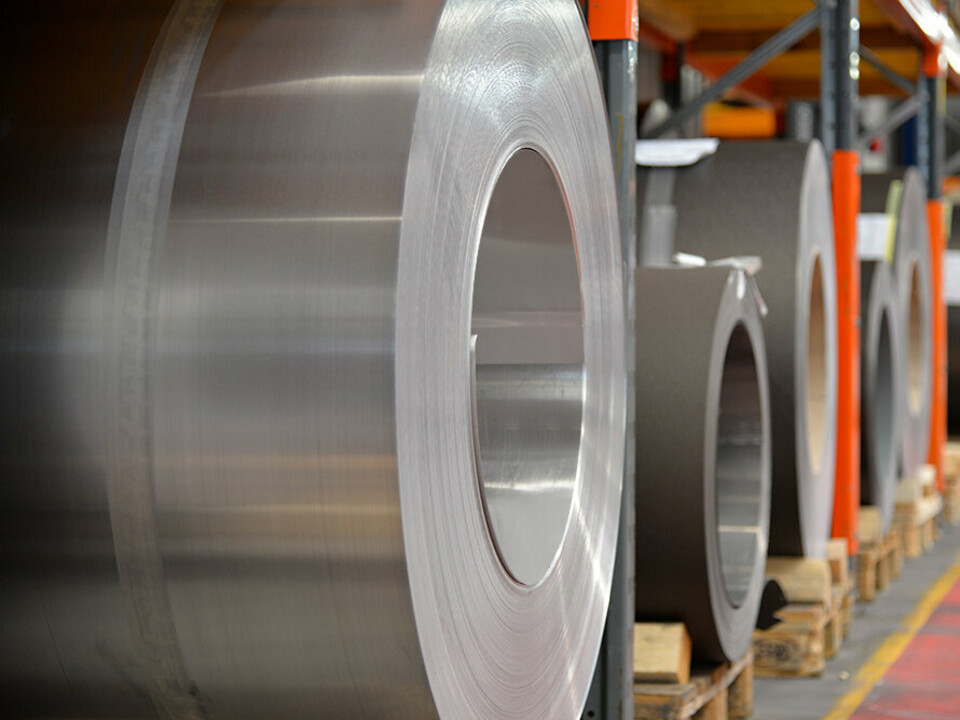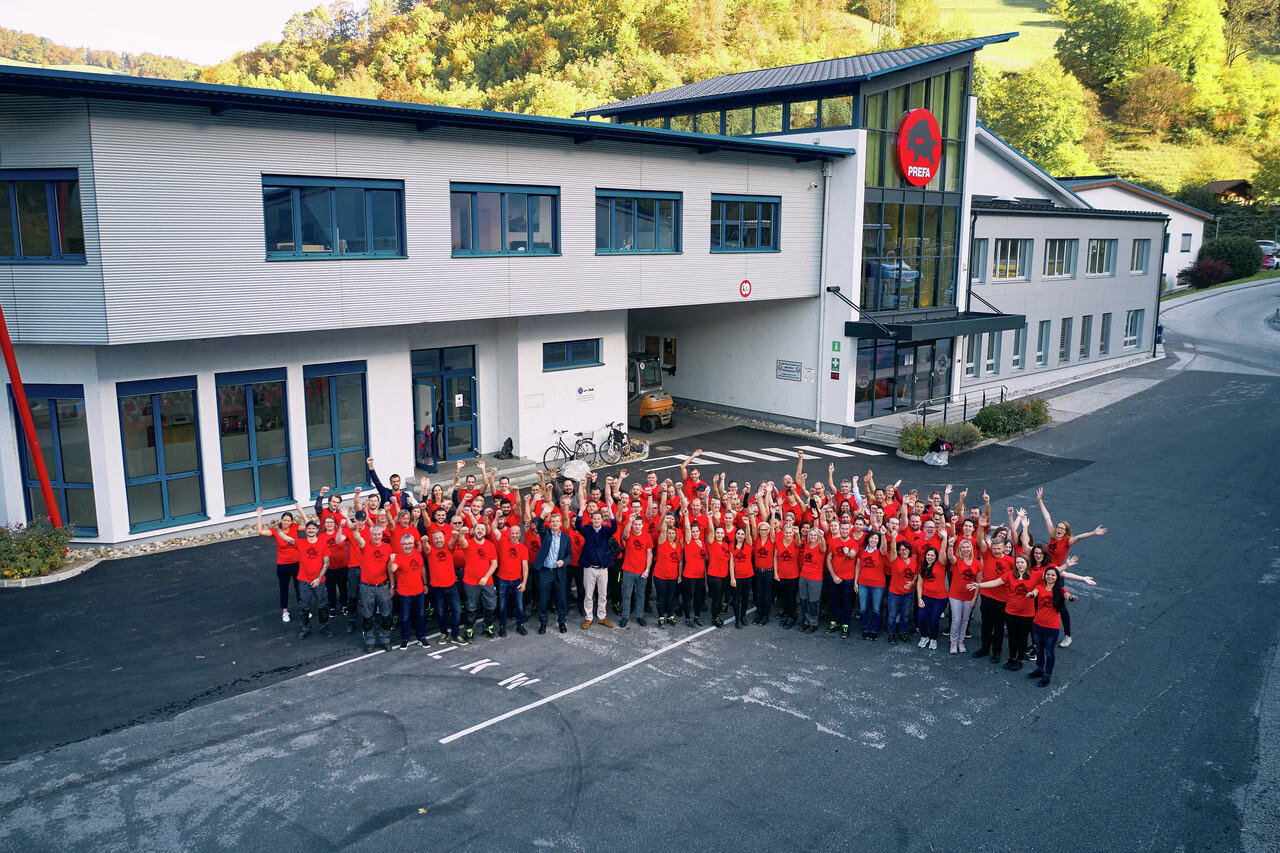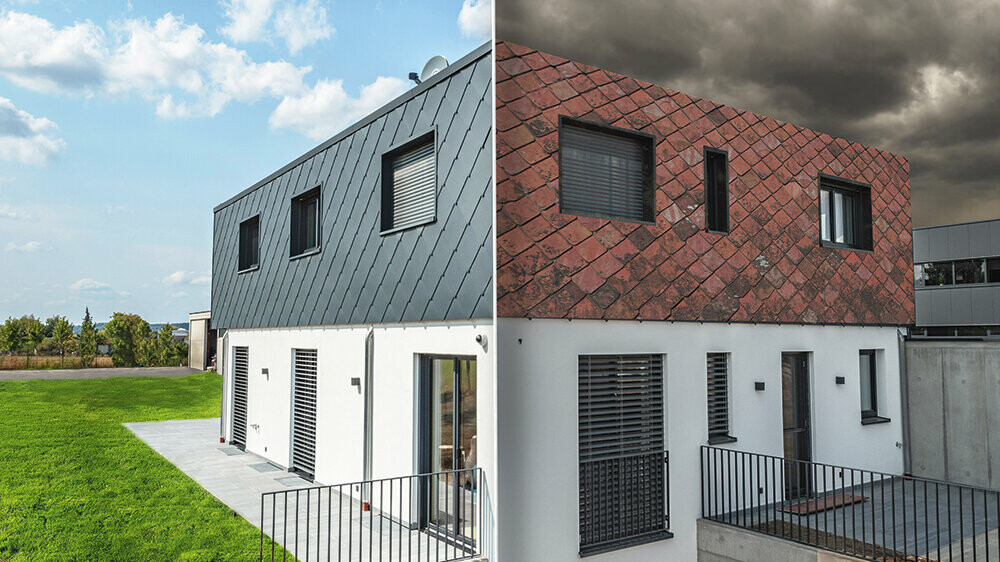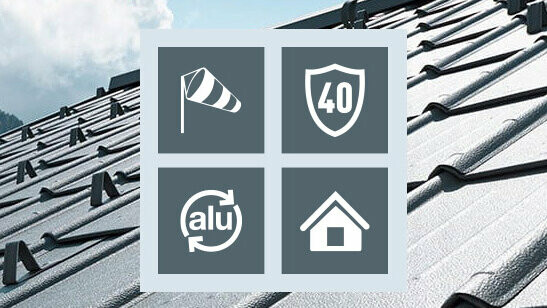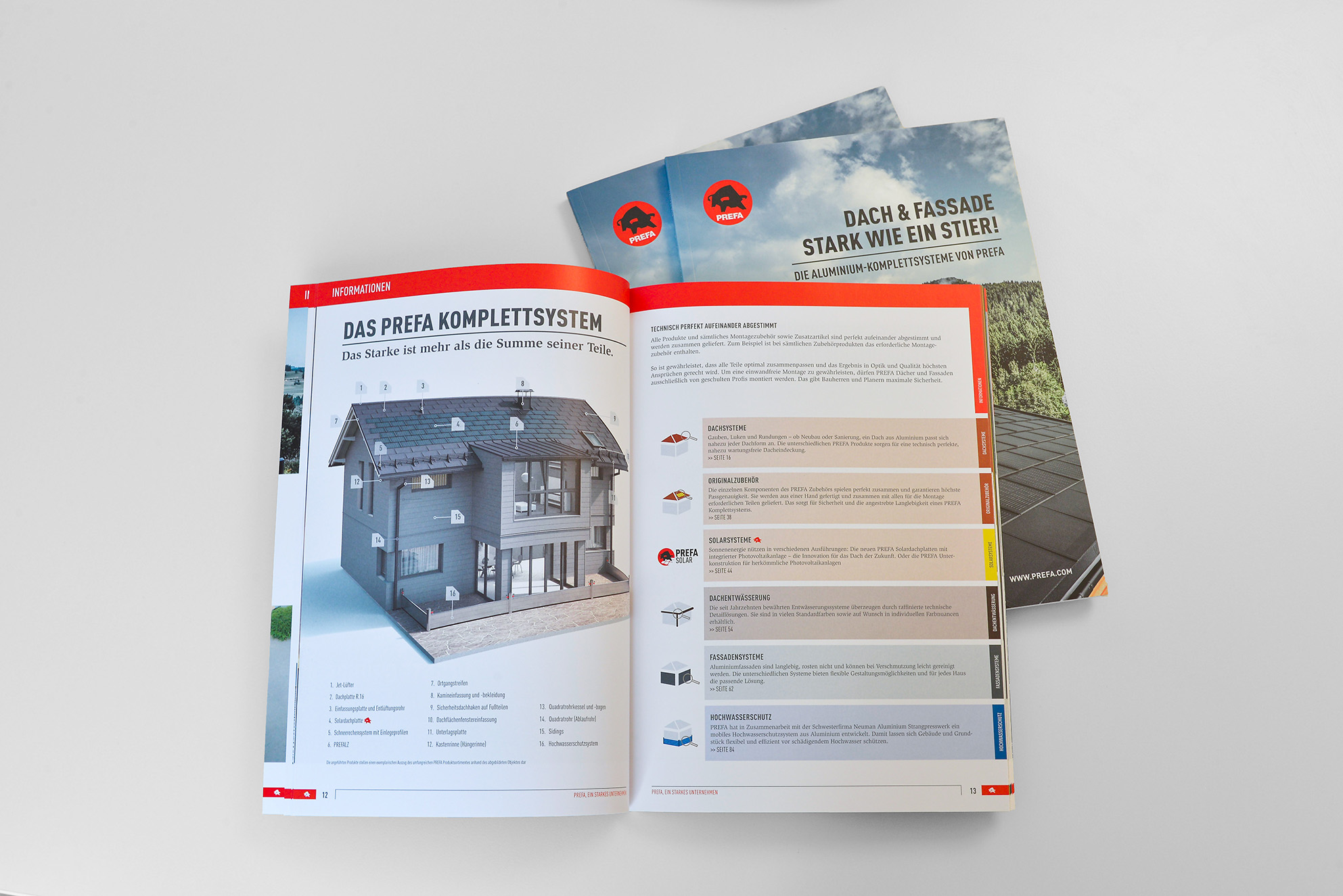Maintenance and cleaning
The roof and façade are parts of a building that are placed under particular strain by the weather. Sun, wind, rain and snow, as well as constant moisture (in wooded or shaded locations), have an impact on the building shell. Dirt deposits (e.g. dust, foliage or pine needles) can impair the function and the appearance of the roof, the façade or the roof drainage (e.g. blockage). It is therefore advisable to check roofs, façade cladding and roof drainage systems (gutters and downpipes) at regular intervals. This way, any emerging changes, damage or dirt can be identified and remedied in good time.
1. PREFA coloured aluminium
In the event of light soiling such as foliage, dust layer or similar:
- Brush with soft bristles
- Clear water
- Cleaning agent or care product suitable for car paints (manufacturer’s specifications of the cleaning agents must be observed!)
In the event of heavy soiling such as adhesive residues, oils or grease:
- Conventional car polish, suitable universal cleaner; manufacturer’s specifications for the cleaning agents must be observed!
- Small amounts of ethyl alcohol can be used for a short time
Summary:
- Rinse sufficiently with clear water after using each cleaning agent
- Do not carry out the cleaning in direct sunlight!
- Observe the handling information and manufacturer’s guidelines of the respective cleaning agent!
- Under no circumstances should acetone, cellulose thinner or similar solvents, or products with an abrasive effect, be used for cleaning.
- In the case of matt colours, polishing may result in changes to the structure or to the sheen.
- Pre-test cleaning agents and cleaning methods on parts that are not visible.
- Do not touch up any fine cracks that emerge with paint (long-term performance may result in colour differences).
- When cleaning glass, façades, terraces etc. that are located in the immediate vicinity of flashings, the points mentioned above also apply for their cleaning.
2. Pure aluminium
Pure aluminium is a natural product, which forms a protective oxidation layer through the influence of water and oxygen. Damp hands or cleaning agents promote this natural process and will result in markings (oxidation) on the pure surface.
Caution: Pure aluminium has a rolled texture and displays friction marks caused during production (due to cutting, splitting, winding), which are virtually impossible to remove. These rolling and friction marks must be accepted as the typical appearance.
Fine cracks may also emerge during the processing of pure aluminium. Fine processing marks or oxidation spots that emerge are almost impossible to improve at a later date. Polishing or grinding will change the rolled texture and will usually not improve the appearance. Under no circumstances should cleaning agents of any kind be used to attempt to remove this layer that develops. Cleaning must be carried out using solely clear water (steam cleaner max. 50°C). Any staining that occurs is caused depending on the weather influences and the chemical behaviour of various substances (lime, cement, sulphur, etc.).
3. Vegetation (algae, lichen and moss)
Under certain conditions, algae, lichen and moss can form on any surfaces, such as wood, glass, concrete, plaster or metal (with the exception of toxic influence in the case of copper). Pure and coil-coated aluminium sheets are no exception. The areas on buildings that are particularly favourable for vegetation are those where there are trees nearby, where there is condensation, where there is little sun and/or where it is always very damp. A further factor is the fact that all property-related subsequently insulated building structures reduce the flow of heat to the outside and therefore delay the drying phase of the building shell surface.
The emergence of vegetation of any kind should only be expected when there are suitable ambient conditions. If a factor that promotes growth is eliminated, then no vegetation will emerge. Algae, lichen and moss in principle only impair the visual appearance and are a natural phenomenon, which will have no impact on the material of our products. It is up to the owner to decide at their discretion about whether to actually clean the area that is affected.
Cleaning instructions in the event of visible impairments due to deposits:
In the event of deposits, rinsing with a steam cleaner (max. 50°C) with the addition of biodegradable cleaning agents suitable for paint (car paint cleaning) may be successful. In addition, a commercially available algaecide may be used against algae, and a fungicide can be used against fungi. The aim of this treatment is to kill off the remaining spores and other cells of micro-organisms. When using chemicals, it must be ensured that they do not get into the ground for environmental reasons and that the cleaning agent is suitable for paint and aluminium. (Observe manufacturer’s guidelines and data sheet for the chemical product)
In general, rinse thoroughly with pure water after cleaning.
Conclusion
- Once cleaning has been carried out, there will not be lasting protection. It may be necessary to repeat the cleaning process after a certain amount of time.
Cleaning and maintenance of our products are not part of the PREFA guarantee.
